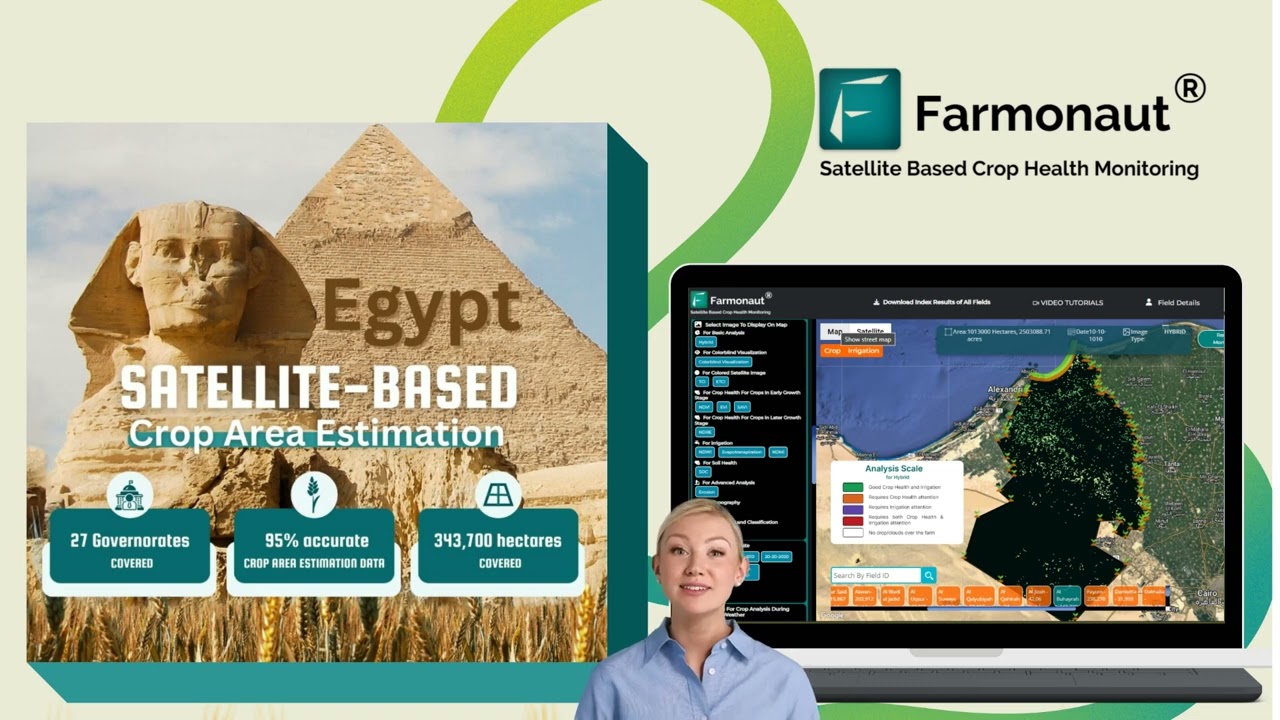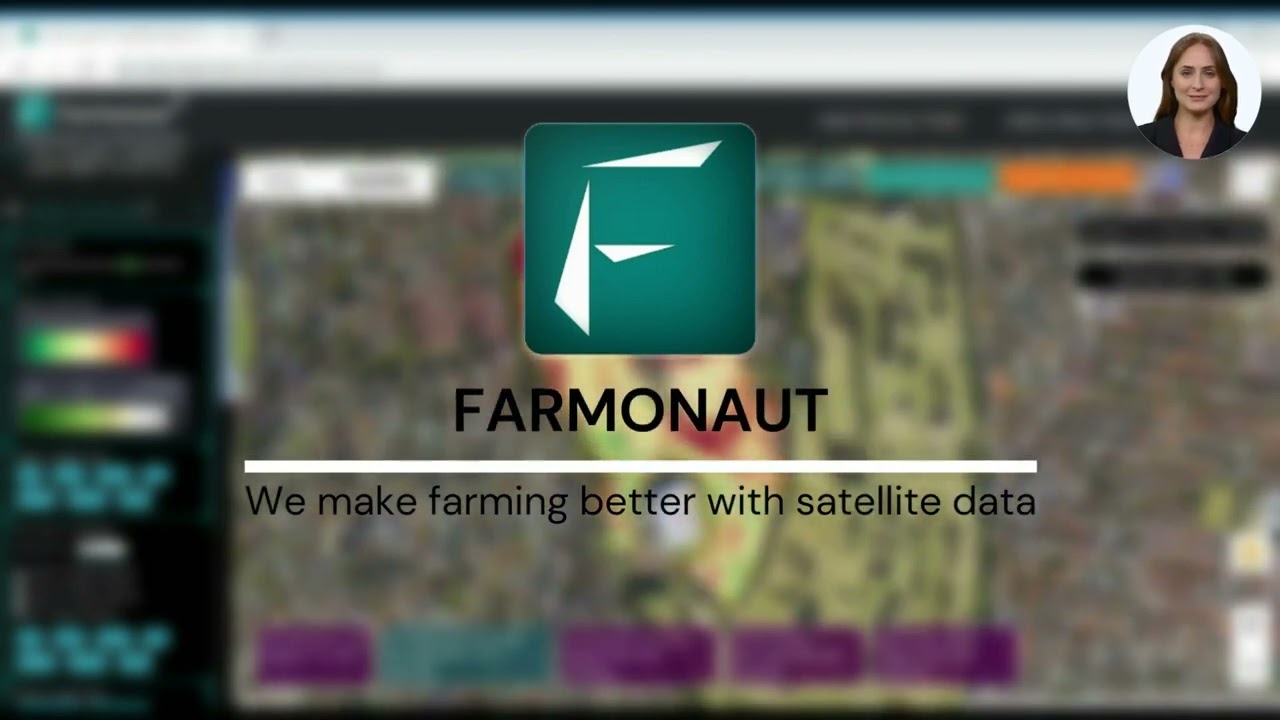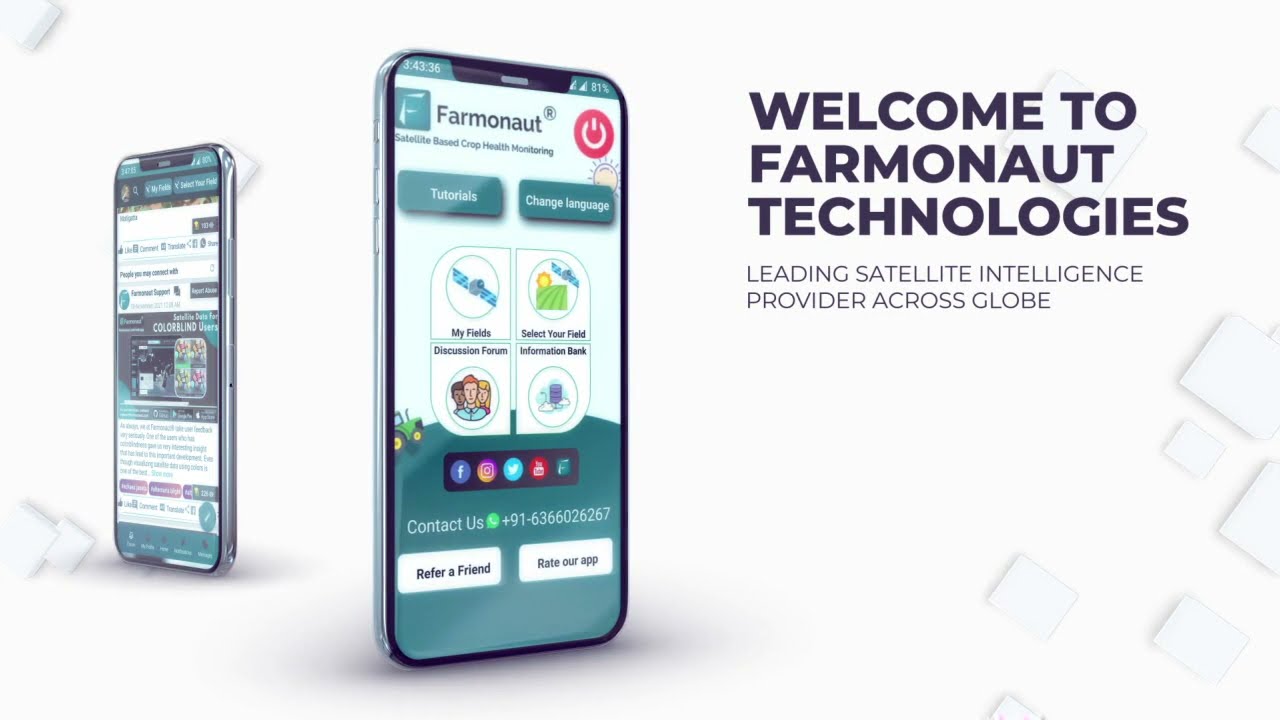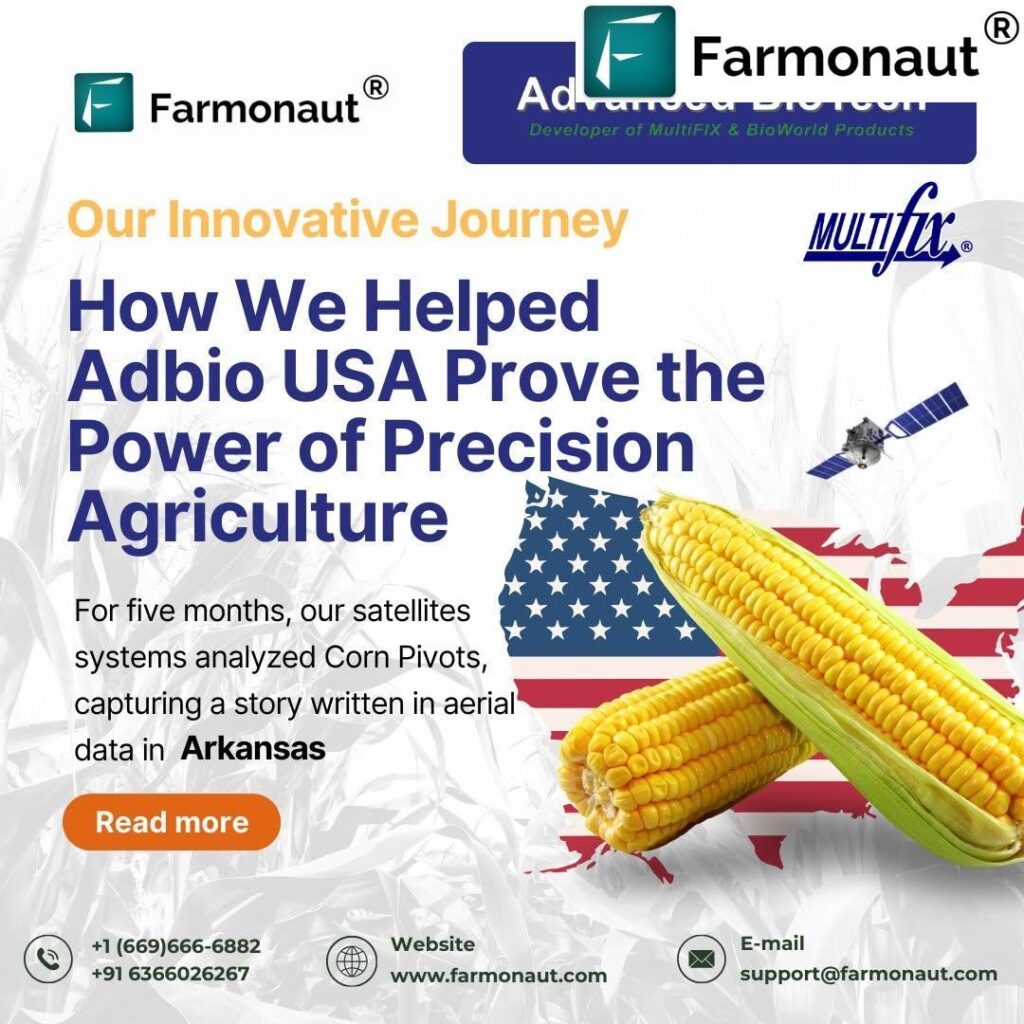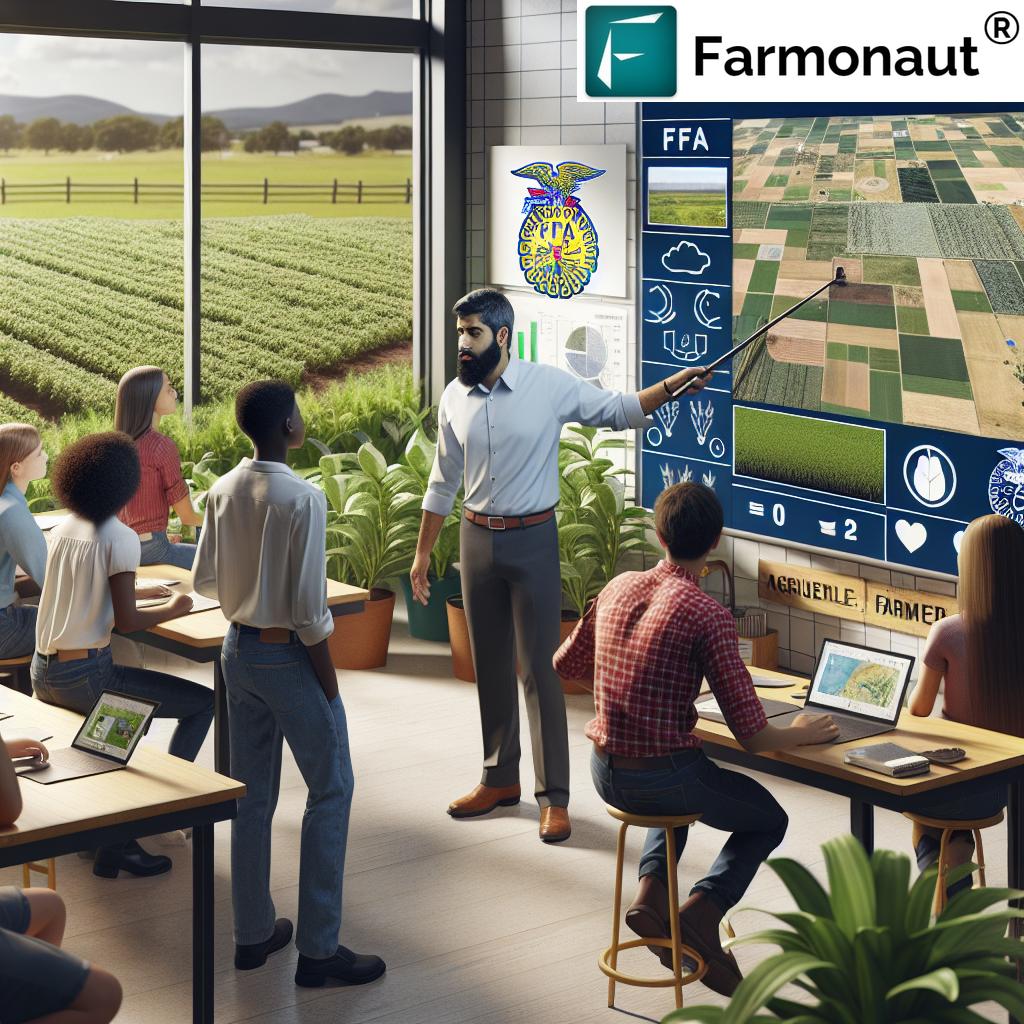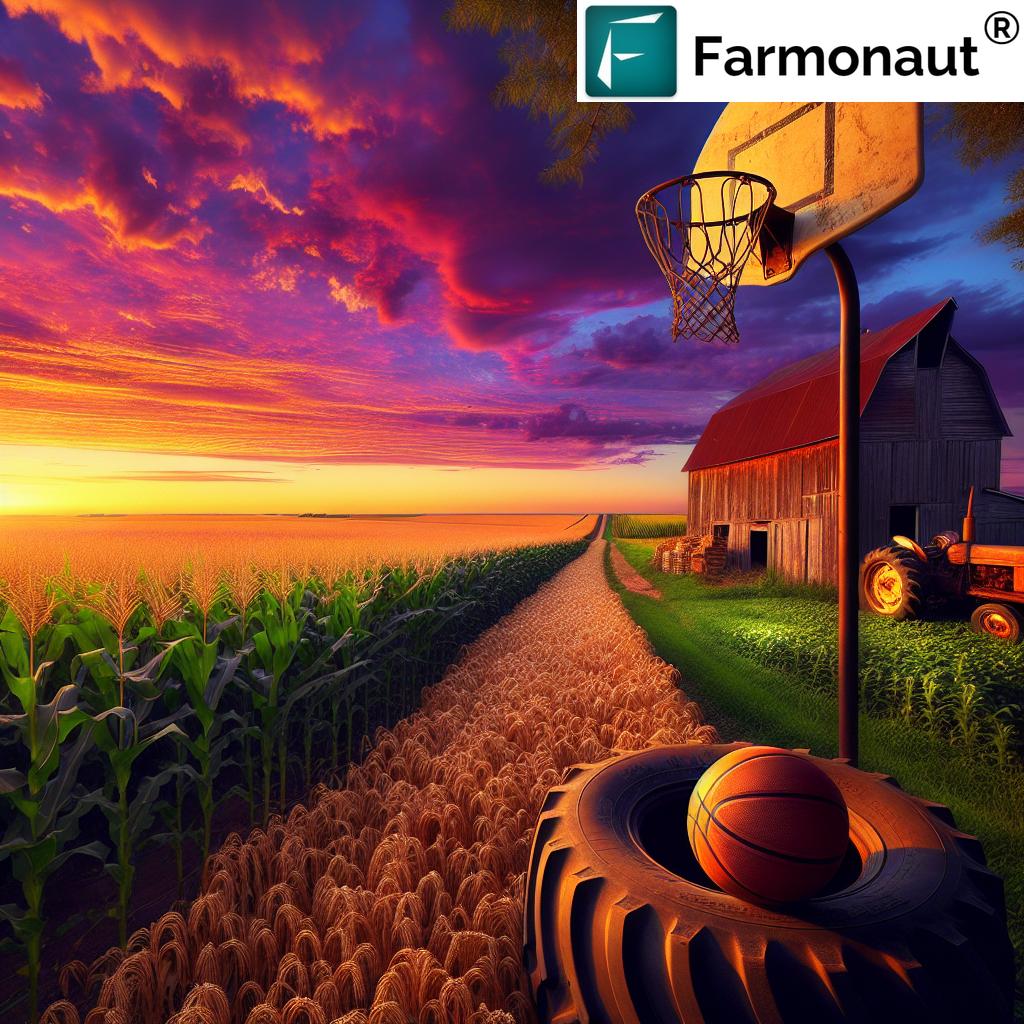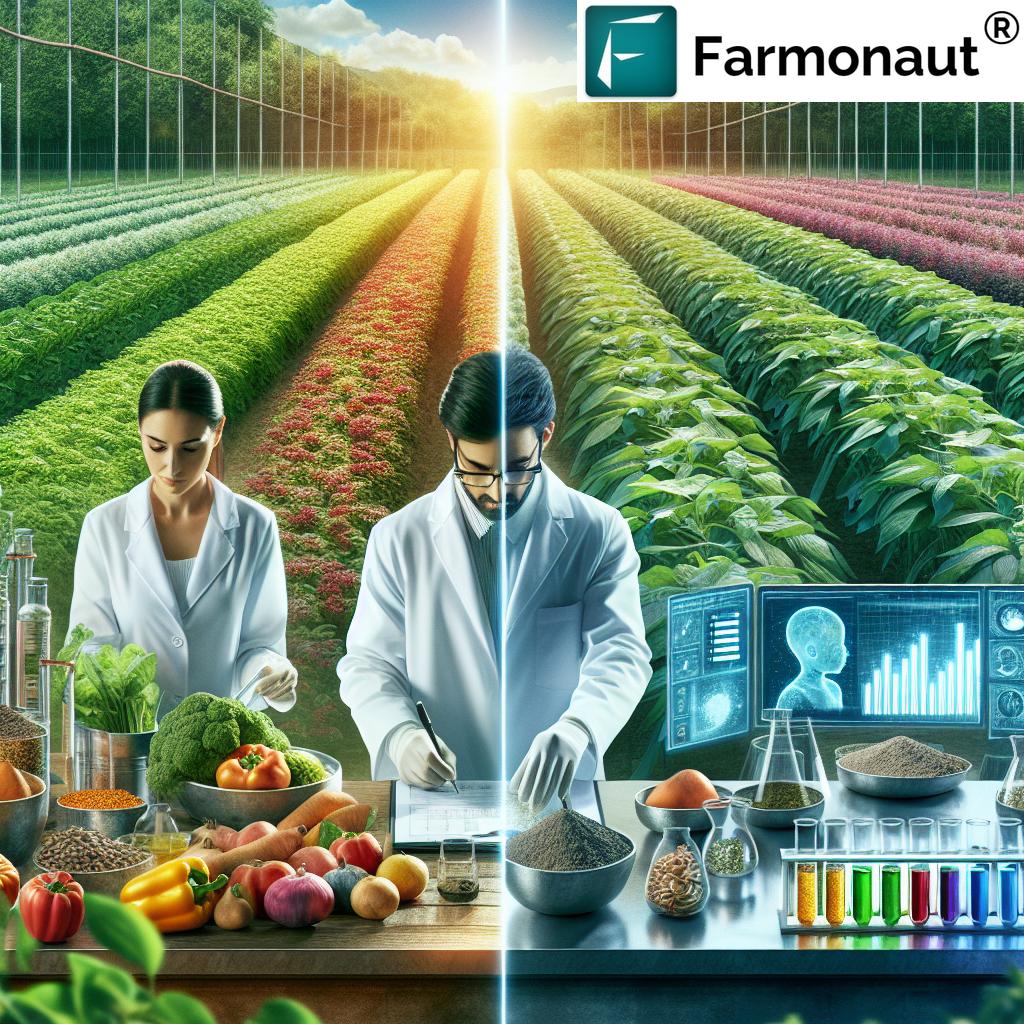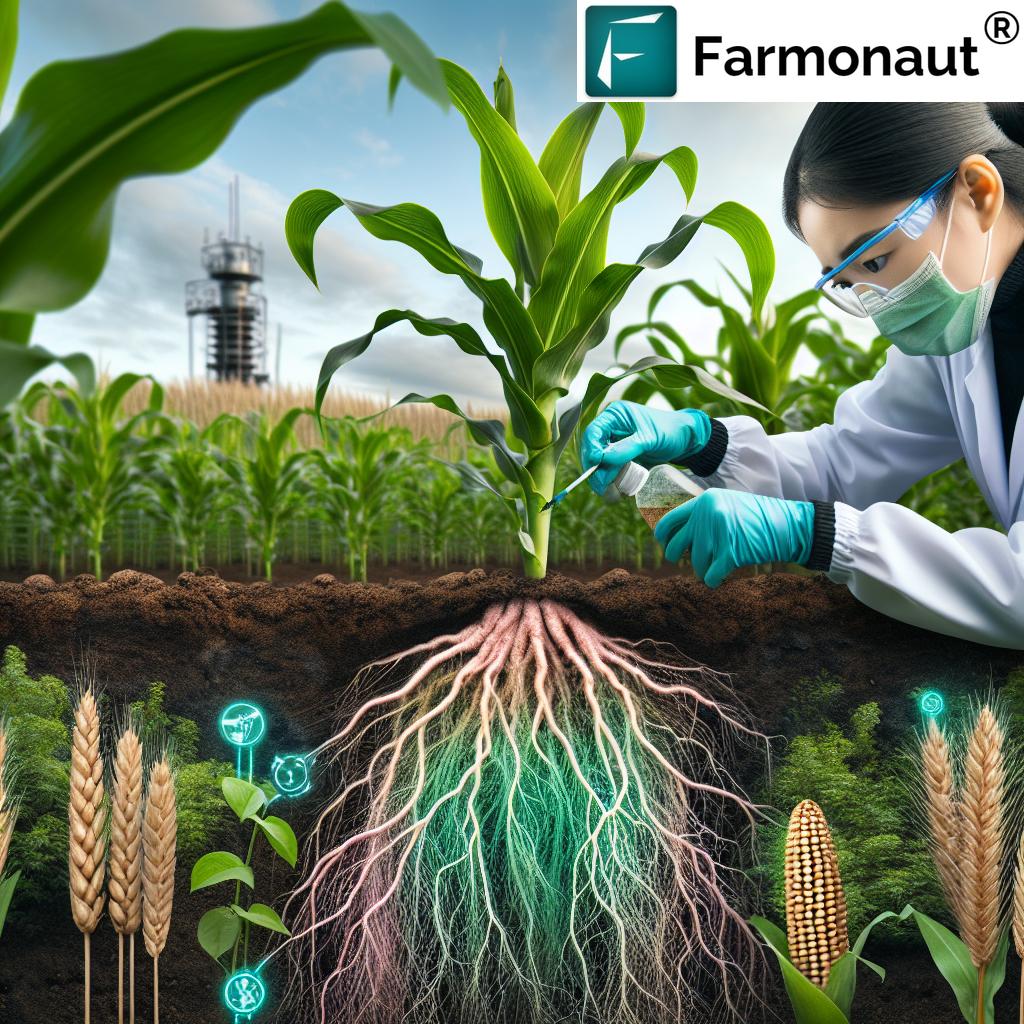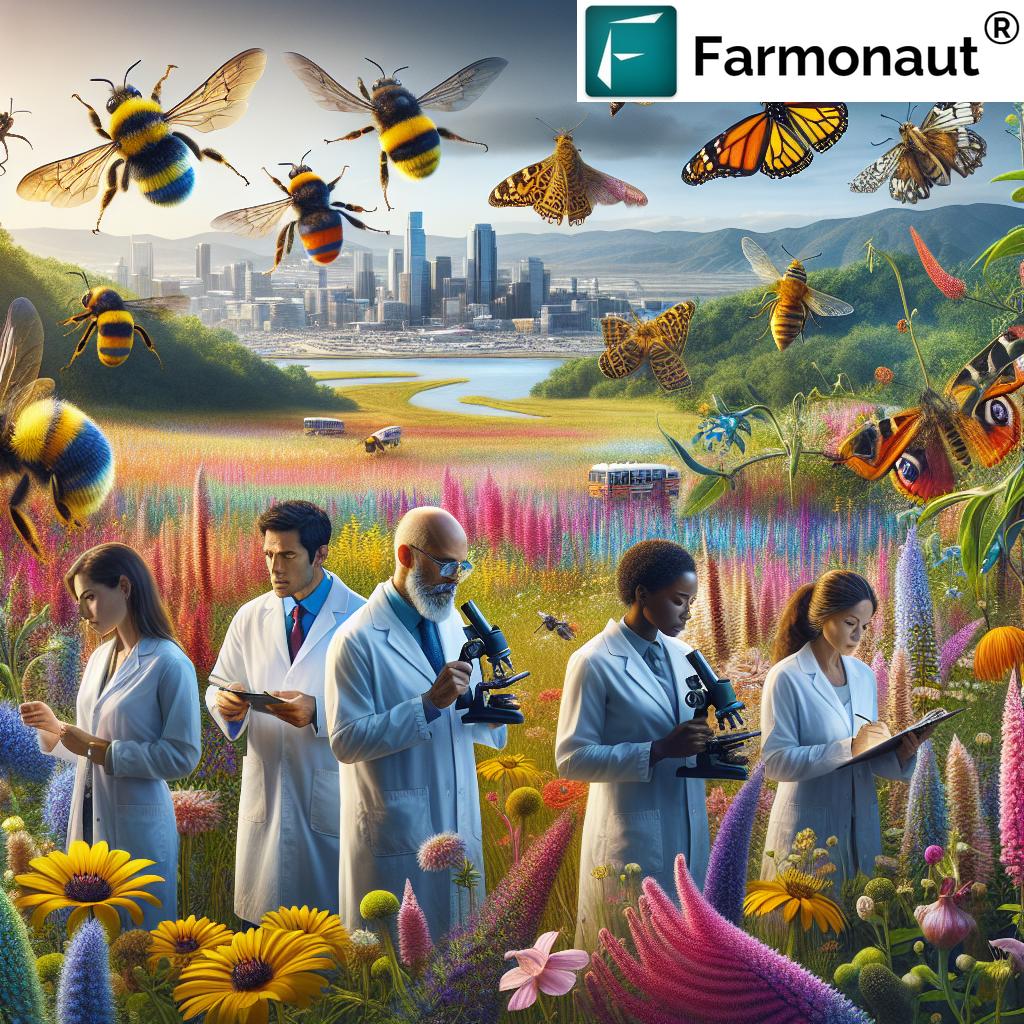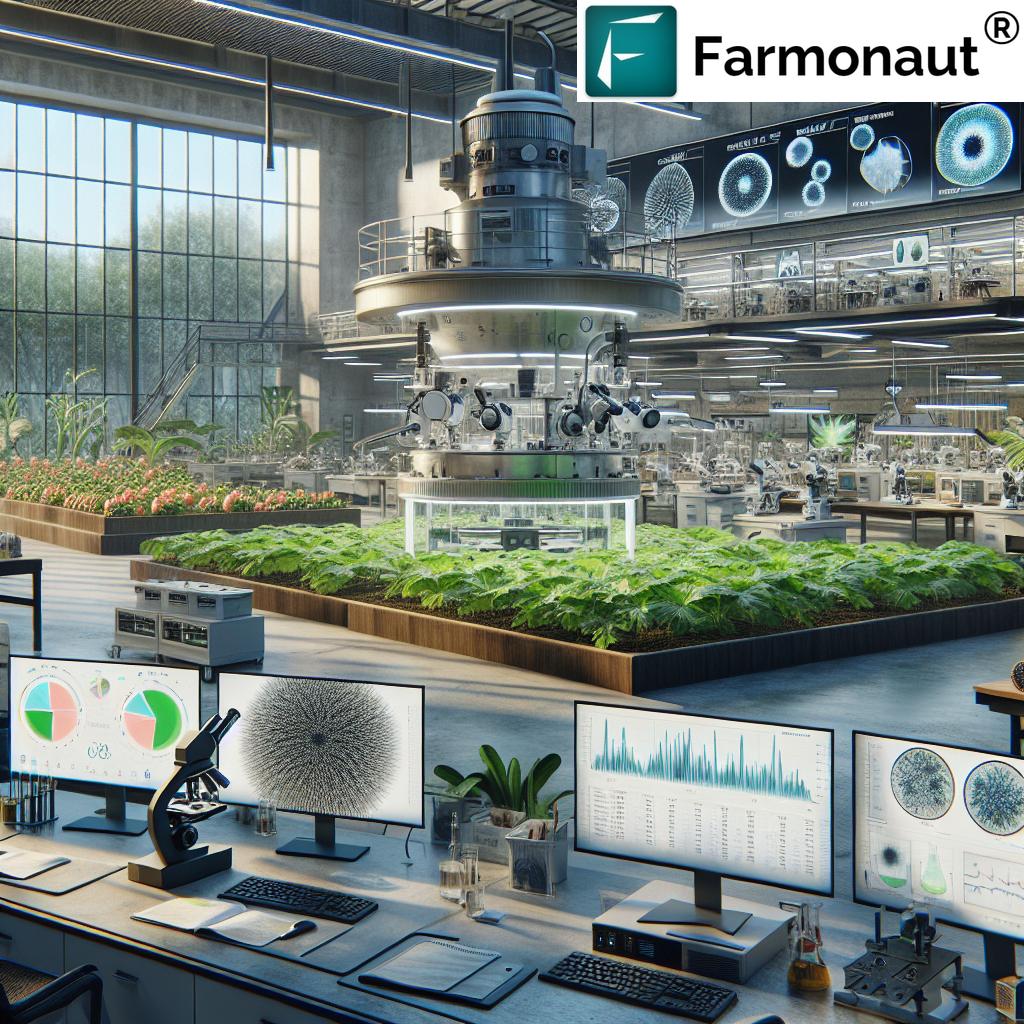Revolutionizing California Agriculture: How Bee Vectoring Technology Enhances Crop Health and Sustainability
“Bee vectoring technology can reduce pesticide use by up to 98% in certain crops, promoting sustainable agriculture.”
In the heart of California’s fertile valleys, a quiet revolution is taking place. As we explore the cutting-edge world of sustainable agriculture technology, we’re witnessing the remarkable fusion of nature’s wisdom with human innovation. At the forefront of this agricultural renaissance is bee vectoring technology, a groundbreaking approach that’s transforming how we manage crops and protect our environment.
Today, we’ll delve deep into the fascinating world of bee vectoring for crop management, uncovering how this ingenious method is reshaping the landscape of California agriculture and beyond. From the sun-drenched strawberry fields of the Central Coast to the sprawling blueberry orchards of the San Joaquin Valley, bee vectoring is proving to be a game-changer in our quest for more sustainable and productive farming practices.

Understanding Bee Vectoring Technology: Nature’s Precision Agriculture
At its core, bee vectoring is an elegant solution that harnesses the natural foraging behavior of bees to deliver biological fungicides directly to crop blooms. This innovative approach represents a significant leap forward in precision agriculture innovations, offering a targeted and environmentally friendly alternative to traditional pesticide application methods.
Here’s how it works:
- Hive Integration: Special dispensers are integrated into bee hives, containing a powdery formulation known as Vectorite.
- Natural Delivery: As bees exit the hive, they pass through the dispenser, collecting the Vectorite powder on their bodies.
- Targeted Application: During their natural pollination activities, bees transfer the Vectorite, along with its active ingredients, directly to the blooms they visit.
- Continuous Protection: This process occurs repeatedly throughout the blooming period, ensuring consistent crop protection.
The active ingredient most commonly used in this process is Clonostachys rosea, a naturally occurring fungus that acts as a biological fungicide for farming. This beneficial microorganism helps protect crops from various pathogens, promoting healthier plant growth without the need for harsh chemical pesticides.
The California Connection: Bee Vectoring in the Golden State
California, with its diverse agricultural landscape and progressive approach to farming, has become a key market for bee vectoring technology. The state’s commitment to sustainable food systems and environmentally friendly pest control aligns perfectly with the principles of bee vectoring.
In California, bee vectoring is making significant inroads in several key crops:
- Strawberries: The state’s iconic strawberry fields are benefiting from reduced fungicide use and improved fruit quality.
- Blueberries: Growers are reporting healthier plants and increased yields in blueberry orchards.
- Caneberries: Raspberries and blackberries are showing improved resistance to common fungal diseases.
- Sunflowers: Seed production is being enhanced through better pollination and disease management.
The adoption of bee vectoring in California is not just a win for farmers; it’s a crucial step towards more sustainable agriculture practices that benefit the entire ecosystem.
The Benefits of Bee Vectoring: A Multifaceted Approach to Crop Health
The advantages of bee vectoring extend far beyond simple pest control. This innovative technology offers a comprehensive suite of benefits that address many of the challenges faced by modern agriculture:
- Reduced Chemical Use: By delivering biological fungicides directly to blooms, bee vectoring significantly reduces the need for broad-spectrum pesticides, aligning with organic farming solutions.
- Enhanced Pollination: The increased bee activity not only delivers the biological agents but also improves overall pollination, leading to better fruit set and yield.
- Precision Targeting: Unlike traditional spraying methods, bee vectoring ensures that the active ingredients reach exactly where they’re needed – the blooms.
- Continuous Application: Bees work tirelessly throughout the flowering period, providing consistent protection without the need for repeated manual applications.
- Water Conservation: By eliminating the need for spray applications, bee vectoring helps conserve water – a critical consideration in drought-prone areas like California.
- Soil Health: Reduced chemical runoff means healthier soil ecosystems, promoting long-term agricultural sustainability.
These benefits collectively contribute to agricultural productivity enhancement while supporting the development of more sustainable food systems.
The Science Behind the Success: Active Ingredients and Delivery Mechanisms
At the heart of bee vectoring’s effectiveness is the carefully formulated Vectorite powder and its active ingredients. The most commonly used beneficial microorganism in this system is Clonostachys rosea, a naturally occurring fungus with powerful antifungal properties.
Clonostachys rosea works in several ways to protect crops:
- It competes with harmful pathogens for space and nutrients on the plant surface.
- It produces enzymes that break down the cell walls of pathogenic fungi.
- It stimulates the plant’s natural defense mechanisms, enhancing overall disease resistance.
The Vectorite powder serves as both a carrier for the active ingredients and a means to ensure the powder adheres to the bees effectively. This innovative delivery system allows for precise, targeted application of the biological fungicide, maximizing its efficacy while minimizing environmental impact.
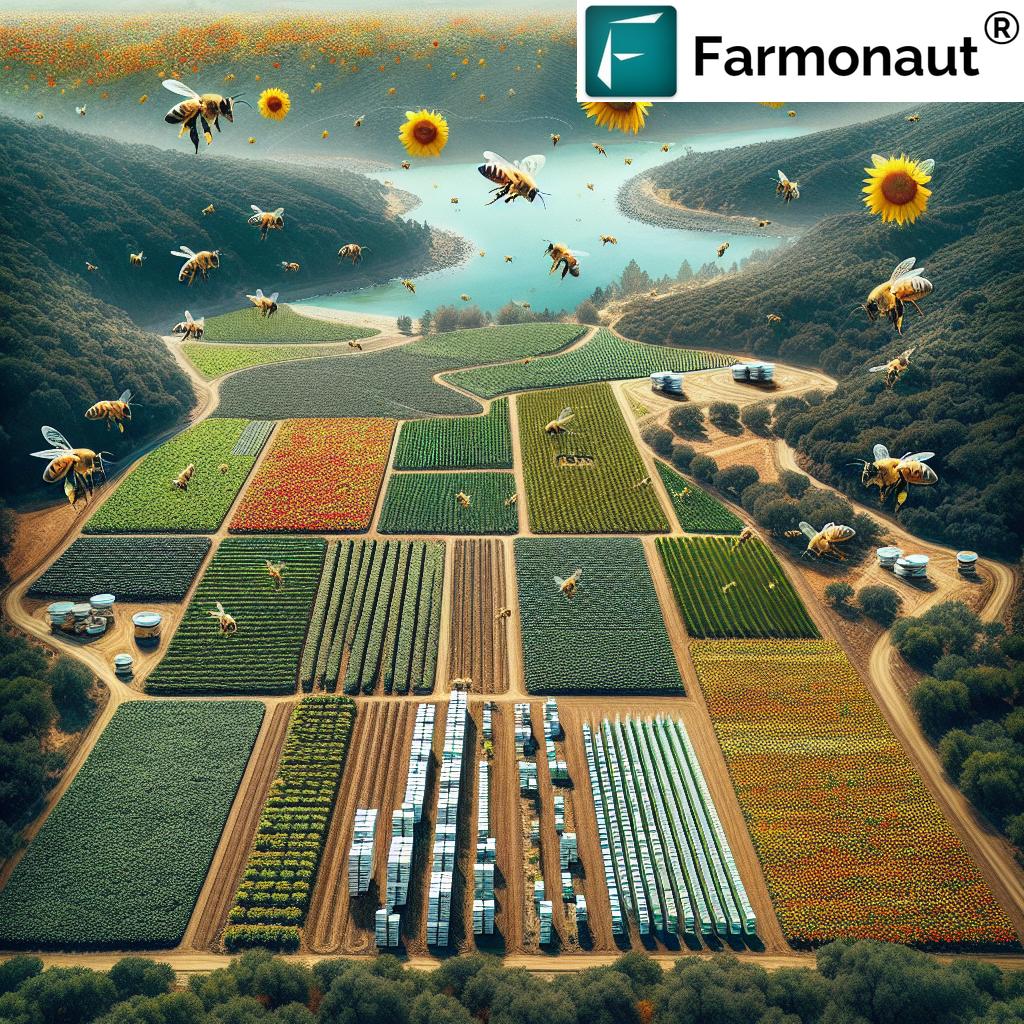
“California’s adoption of bee vectoring has increased crop yields by 20-30% in some blueberry and strawberry fields.”
Regulatory Landscape: Navigating the Path to Widespread Adoption
As with any innovative agricultural technology, bee vectoring must navigate a complex regulatory landscape. In California, the California Department of Pesticide Regulation (CDPR) plays a crucial role in evaluating and approving new pest management strategies.
The process of gaining regulatory approval for bee vectoring technology involves:
- Extensive safety testing to ensure the protection of bees, crops, and the environment
- Efficacy trials to demonstrate the technology’s effectiveness in controlling target pathogens
- Environmental impact assessments to evaluate long-term ecological effects
- Collaboration with beekeepers and farmers to establish best practices for implementation
The successful navigation of these regulatory hurdles is crucial for the widespread adoption of bee vectoring technology in California and beyond.
Comparing Bee Vectoring to Traditional Methods: A Paradigm Shift in Crop Protection
To truly appreciate the revolutionary nature of bee vectoring, it’s essential to compare it with traditional pesticide application methods. The following table provides a comprehensive overview of how these two approaches stack up against each other:
| Metrics | Bee Vectoring Technology | Traditional Pesticide Application | Environmental Impact | Crop Yield Impact |
|---|---|---|---|---|
| Application Precision | High (Bloom-specific) | Low to Medium | Low impact | Positive |
| Chemical Usage (estimated) | Very Low | High | Significantly reduced | Neutral to Positive |
| Labor Requirements | Low | High | Reduced fuel consumption | Indirect positive |
| Cost-Effectiveness | High | Medium | Reduced resource use | Positive |
| Pollination Benefits | High | None | Supports ecosystem | Highly Positive |
| Sustainability Score | High | Low | Significantly positive | Positive long-term |
This comparison clearly illustrates the numerous advantages of bee vectoring technology, particularly in terms of environmental impact and sustainable agricultural practices.
Challenges and Future Developments in Bee Vectoring Technology
While bee vectoring technology offers tremendous promise, it’s not without its challenges. As we look to the future of this innovative approach, several key areas of development and potential hurdles emerge:
- Expanding Crop Compatibility: Researchers are working to adapt bee vectoring for a wider range of crops, including those that may not traditionally rely heavily on bee pollination.
- Optimizing Formulations: Ongoing research aims to develop new Vectorite formulations and active ingredients to target an even broader spectrum of crop diseases.
- Integrating with Other Farming Practices: Finding the optimal balance between bee vectoring and other sustainable farming methods is crucial for maximizing overall agricultural productivity.
- Educating Farmers and Consumers: Increasing awareness and understanding of bee vectoring technology among both agricultural professionals and the general public is essential for wider adoption.
- Regulatory Harmonization: As the technology spreads globally, efforts are being made to streamline regulatory processes across different countries and regions.
Addressing these challenges will be key to realizing the full potential of bee vectoring technology in revolutionizing sustainable agriculture practices worldwide.
The Role of Technology in Supporting Bee Vectoring: Farmonaut’s Contribution
As bee vectoring technology continues to evolve, it’s increasingly supported by other advanced agricultural technologies. Farmonaut, a leader in satellite-based farm management solutions, plays a crucial role in complementing and enhancing the effectiveness of bee vectoring practices.
Farmonaut’s cutting-edge remote sensing and GIS technologies offer farmers powerful tools for optimizing their operations, including those implementing bee vectoring:
- Crop Health Monitoring: Satellite imagery provides real-time insights into crop health, allowing farmers to identify areas that may need additional attention or where bee vectoring is proving most effective.
- Precision Agriculture Support: Farmonaut’s platform enables precise field mapping and zone management, helping farmers optimize the placement of bee hives for vectoring.
- Weather Forecasting: Accurate weather predictions help farmers plan bee vectoring activities for optimal effectiveness.
- Data-Driven Decision Making: By integrating bee vectoring data with Farmonaut’s comprehensive farm management tools, farmers can make more informed decisions about their crop protection strategies.
To explore how Farmonaut can support your agricultural operations, including those utilizing bee vectoring technology, visit our platform:
For mobile users, our apps are available on both Android and iOS platforms:
The Global Impact: Bee Vectoring Beyond California
While California has been at the forefront of adopting bee vectoring technology, its impact is being felt far beyond the borders of the Golden State. From the blueberry fields of British Columbia to the canola fields of Ontario, bee vectoring is gaining traction in various agricultural regions worldwide.
Some notable developments include:
- Canada: Extensive trials in strawberries, blueberries, and sunflowers have shown promising results, particularly in the province of Ontario.
- Europe: Countries like Spain and Italy are exploring bee vectoring for their valuable fruit and vegetable crops.
- South America: Berry producers in countries like Chile are beginning to adopt the technology to enhance their export-oriented crops.
This global expansion is not only benefiting farmers but also contributing to the development of more sustainable food systems on a worldwide scale.
The Economic Implications of Bee Vectoring
The adoption of bee vectoring technology has significant economic implications for the agricultural sector. By reducing the need for traditional pesticides and improving crop yields, this innovative approach can have a substantial impact on farmers’ bottom lines.
Key economic benefits include:
- Reduced Input Costs: Lower expenditure on chemical pesticides and application equipment.
- Improved Yield Quality: Higher-quality produce often commands premium prices in the market.
- Labor Savings: Less time and manpower required for pesticide application.
- Potential for Organic Certification: Easier transition to organic farming practices, opening up new market opportunities.
These economic advantages make bee vectoring an attractive option for farmers looking to improve their profitability while embracing sustainable practices.
The Future of Farming: Integrating Bee Vectoring with Other Sustainable Practices
As we look to the future of agriculture, it’s clear that bee vectoring will play an increasingly important role in sustainable farming practices. However, its true potential lies in its integration with other innovative agricultural technologies and methods.
Some exciting possibilities include:
- Precision Agriculture: Combining bee vectoring with GPS-guided planting and harvesting for optimal crop management.
- Vertical Farming: Exploring ways to adapt bee vectoring for use in indoor and vertical farming systems.
- Regenerative Agriculture: Incorporating bee vectoring into holistic farming approaches that focus on soil health and biodiversity.
- AI and Machine Learning: Using advanced algorithms to predict optimal timing and placement of bee vectoring hives.
By embracing these integrated approaches, we can create a more resilient, productive, and environmentally friendly agricultural system for the future.
Conclusion: Embracing Nature’s Wisdom for a Sustainable Future
As we’ve explored throughout this article, bee vectoring technology represents a remarkable fusion of nature’s wisdom and human innovation. By harnessing the natural behaviors of bees, we’re not only improving crop health and yields but also taking significant strides towards more sustainable and environmentally friendly farming practices.
From the strawberry fields of California to the blueberry orchards of Canada, bee vectoring is proving its worth as a viable alternative to traditional pesticide applications. Its benefits extend beyond mere pest control, offering improvements in pollination, water conservation, and overall ecosystem health.
As we face the challenges of feeding a growing global population while preserving our planet’s resources, technologies like bee vectoring will play a crucial role in shaping the future of agriculture. By embracing these innovative approaches and integrating them with other advanced farming techniques, we can create a more sustainable, productive, and resilient food system for generations to come.
The revolution in agriculture is here, and it’s being led by some of nature’s smallest, yet most industrious creatures – our beloved bees.
Frequently Asked Questions (FAQ)
- What is bee vectoring technology?
Bee vectoring is a method that uses bees to deliver biological fungicides directly to crop blooms during their natural pollination process. - How does bee vectoring benefit crops?
It provides targeted pest control, enhances pollination, reduces chemical use, and improves overall crop health and yield. - Is bee vectoring safe for the bees?
Yes, the biological agents used in bee vectoring are specifically chosen to be safe for bees and other pollinators. - What types of crops can benefit from bee vectoring?
Many flowering crops can benefit, including strawberries, blueberries, sunflowers, and various other fruits and vegetables. - How does bee vectoring compare to traditional pesticide application?
Bee vectoring is more targeted, uses fewer chemicals, and provides continuous application throughout the flowering period, unlike traditional spraying methods.
For more information on how technology is revolutionizing agriculture, explore Farmonaut’s advanced solutions:



